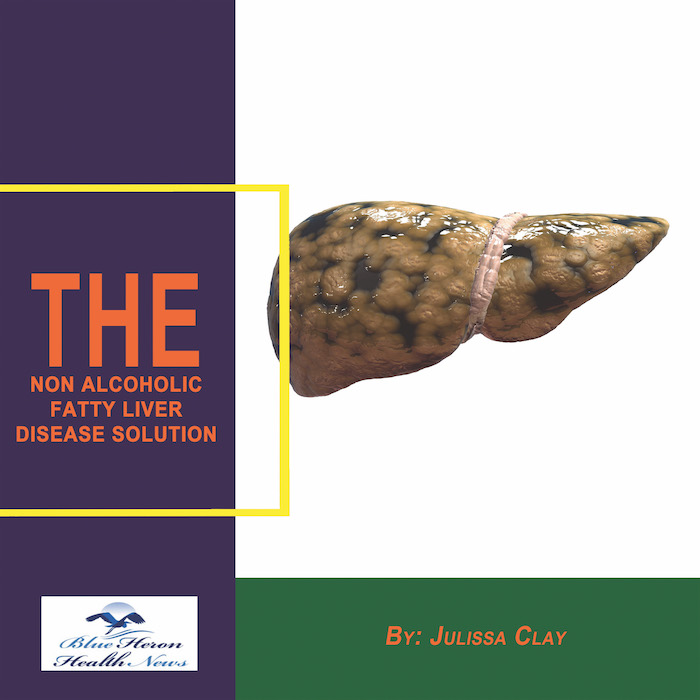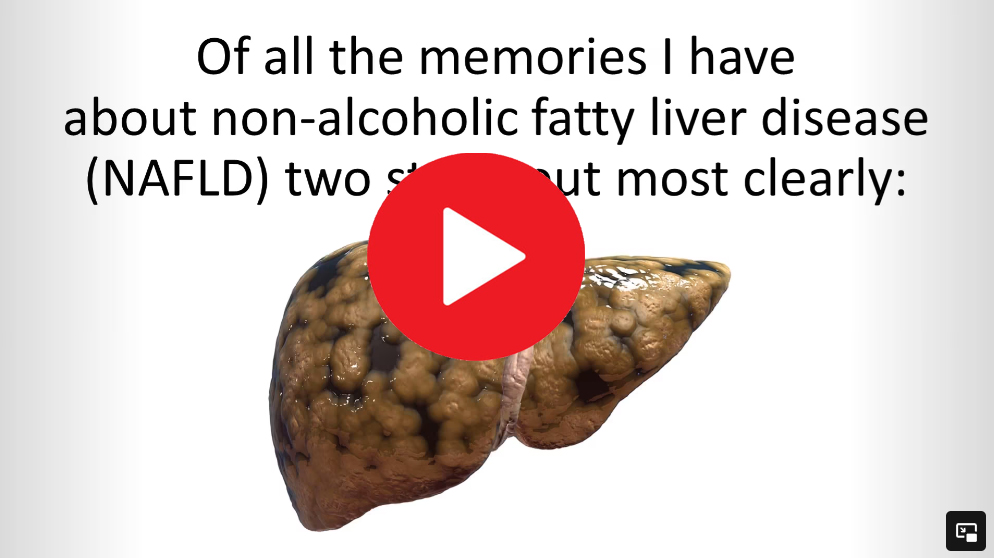
The Non Alcoholic Fatty Liver Strategy™ By Julissa Clay The problem in the fatty liver can cause various types of fatal and serious health problems if not treated as soon as possible like the failure of the liver etc. The risks and damage caused by problems in the non-alcoholic liver with fat can be reversed naturally by the strategy provided in this eBook. This 4-week program will educate you about the ways to start reversing the risks and effects of the disease of fatty liver by detoxing your body naturally. This system covers three elements in its four phases including Detoxification, Exercise, and Diet.
Antioxidant Therapies for Fatty Liver
Antioxidant therapies have gained attention in the treatment of non-alcoholic fatty liver disease (NAFLD) and non-alcoholic steatohepatitis (NASH) due to their potential to reduce oxidative stress, which plays a key role in the development and progression of these conditions. Oxidative stress occurs when there is an imbalance between free radicals (reactive oxygen species) and the body’s ability to neutralize them with antioxidants. This imbalance contributes to liver inflammation, fat accumulation, and cell damage, which are central features of NAFLD and NASH.
1. Mechanism of Antioxidants in Fatty Liver Disease
The liver is particularly vulnerable to oxidative stress due to its role in metabolizing fats, proteins, and other substances. When oxidative stress is excessive, it leads to liver injury and inflammation. Antioxidants counteract this damage by neutralizing free radicals, thereby protecting liver cells from damage. Some of the key antioxidant therapies for fatty liver disease include:
- Reduction of oxidative stress: Antioxidants can neutralize free radicals that cause damage to liver cells and proteins.
- Anti-inflammatory effects: Many antioxidants also reduce inflammation, which is a key driver of liver damage in NASH.
- Improved liver function: By reducing oxidative stress, antioxidants can help improve liver enzymes and overall liver function.
- Prevention of fibrosis: Antioxidants may help reduce liver fibrosis (scarring), a common complication in NASH.
2. Common Antioxidant Therapies for Fatty Liver Disease
Vitamin E
- Role: Vitamin E (specifically alpha-tocopherol) is the most widely studied antioxidant in the treatment of NAFLD and NASH, especially in individuals without diabetes.
- Mechanism: Vitamin E acts as a potent antioxidant, scavenging free radicals and reducing oxidative stress in the liver. It also has anti-inflammatory properties that can help mitigate liver damage in NASH.
- Evidence: Clinical trials, such as the PIVENS trial, have demonstrated that vitamin E improves liver histology by reducing liver fat, inflammation, and liver cell ballooning in patients with NASH. However, its effects on liver fibrosis are less clear, and it is generally recommended for non-diabetic patients with NASH.
- Dosage: The typical dose used in clinical studies is 800 IU of alpha-tocopherol daily.
- Considerations: Vitamin E is generally well-tolerated, but long-term use of high doses should be monitored for potential side effects, including bleeding risks and gastrointestinal issues.
Silymarin (Milk Thistle)
- Role: Silymarin, an extract from the milk thistle plant, is another antioxidant with potential benefits for liver health.
- Mechanism: Silymarin has antioxidant, anti-inflammatory, and liver-protective effects. It may help reduce liver fat accumulation and inflammation by scavenging free radicals and promoting liver cell regeneration.
- Evidence: Some studies suggest that silymarin may reduce liver enzymes (ALT and AST) in patients with NAFLD and NASH, though the evidence is mixed. More rigorous clinical trials are needed to confirm its effectiveness.
- Dosage: Typical doses range from 140 mg to 420 mg per day, but the optimal dosage for fatty liver treatment is still being studied.
- Considerations: Silymarin is generally considered safe but may interact with certain medications (such as liver enzyme-inducing drugs).
N-Acetylcysteine (NAC)
- Role: N-Acetylcysteine (NAC) is a precursor to glutathione, a powerful antioxidant that helps detoxify harmful substances in the liver.
- Mechanism: NAC boosts glutathione levels in the liver, helping to reduce oxidative stress and support liver detoxification. It may also have anti-inflammatory and anti-fibrotic properties.
- Evidence: Some studies have shown that NAC can reduce oxidative stress in patients with NAFLD and improve liver enzyme levels. However, more research is needed to determine its effectiveness in managing NASH and preventing liver fibrosis.
- Dosage: Common dosages of NAC for liver health range from 600 mg to 1200 mg daily, often taken in divided doses.
- Considerations: NAC is generally well-tolerated, but high doses may cause gastrointestinal issues or allergic reactions in some individuals.
Coenzyme Q10 (CoQ10)
- Role: Coenzyme Q10 (CoQ10) is a naturally occurring antioxidant that plays a role in energy production within liver cells.
- Mechanism: CoQ10 helps reduce oxidative stress and improve mitochondrial function, which is important for liver health. It may also help reduce inflammation and protect against liver injury.
- Evidence: Some studies suggest that CoQ10 supplementation can reduce liver enzymes and improve liver function in patients with NAFLD. However, more research is needed to fully establish its role in fatty liver treatment.
- Dosage: Typical dosages range from 100 mg to 300 mg daily.
- Considerations: CoQ10 is generally safe, but it may interact with blood thinners (such as warfarin) and lower blood pressure, so caution should be exercised when used alongside these medications.
Polyphenols (Including Resveratrol)
- Role: Polyphenols, including resveratrol, are compounds found in plants that have potent antioxidant and anti-inflammatory properties.
- Mechanism: Polyphenols help reduce oxidative stress, protect liver cells from damage, and may reduce liver fat accumulation. Resveratrol, in particular, has been studied for its potential benefits in reducing liver inflammation and fibrosis in NASH.
- Evidence: Preliminary studies have shown that resveratrol and other polyphenols may improve liver function and reduce fat accumulation in the liver. However, larger, well-designed trials are needed to establish their effectiveness.
- Dosage: Typical doses of resveratrol range from 250 mg to 500 mg per day.
- Considerations: Polyphenols are generally safe, but high doses can cause gastrointestinal discomfort in some people. They may also interact with medications that affect liver enzymes.
3. Other Natural Antioxidants for Fatty Liver
Several other natural antioxidants have been explored for their potential benefits in fatty liver disease, including:
- Vitamin C: Known for its antioxidant properties, vitamin C has been shown to reduce liver enzyme levels and oxidative stress in some studies.
- Curcumin (from turmeric): Curcumin has strong anti-inflammatory and antioxidant effects, and some studies suggest it may reduce liver fat and inflammation in NAFLD and NASH.
- Green tea extract: Rich in catechins, green tea extract has shown some potential in reducing liver fat and inflammation, although more studies are needed to confirm its benefits.
4. Limitations and Considerations
- Efficacy: While antioxidant therapies show promise in reducing oxidative stress, their overall efficacy in treating NAFLD or NASH is still being studied, and more large-scale clinical trials are needed.
- Combination therapy: Antioxidants are often used in combination with other therapies, such as lifestyle changes (weight loss, diet, exercise) and medications like pioglitazone or vitamin E, to optimize treatment.
- Side effects: Most antioxidants are well-tolerated, but some may cause mild side effects like gastrointestinal discomfort. High doses of certain antioxidants (like vitamin E) should be used with caution, especially in individuals at risk for bleeding disorders or those on blood-thinning medications.
5. Conclusion
Antioxidant therapies offer a promising approach to managing NAFLD and NASH by reducing oxidative stress, inflammation, and liver fat accumulation. Vitamin E, silymarin, N-acetylcysteine (NAC), coenzyme Q10, and polyphenols like resveratrol have shown potential in improving liver health. While these therapies can help manage oxidative damage and improve liver function, they are not a cure for fatty liver disease and should be used as part of a comprehensive treatment plan that includes dietary changes, exercise, and other medications if necessary.
As with any supplement or therapy, it’s important to consult a healthcare provider before starting antioxidant treatments to ensure safety and effectiveness, especially in individuals with other underlying health conditions or who are on other medications.
The Non Alcoholic Fatty Liver Strategy™ By Julissa Clay The problem in the fatty liver can cause various types of fatal and serious health problems if not treated as soon as possible like the failure of the liver etc. The risks and damage caused by problems in the non-alcoholic liver with fat can be reversed naturally by the strategy provided in this eBook. This 4-week program will educate you about the ways to start reversing the risks and effects of the disease of fatty liver by detoxing your body naturally. This system
